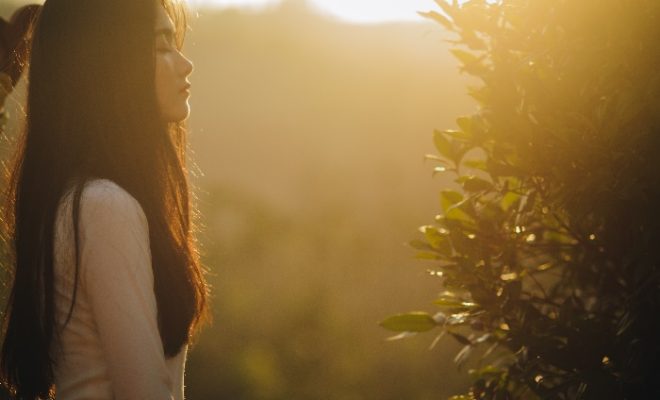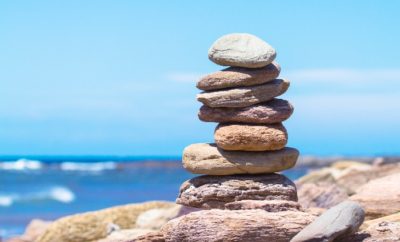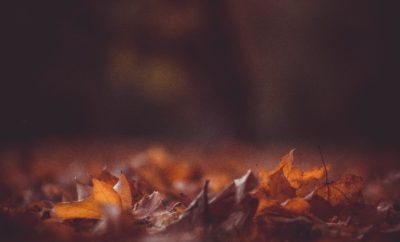
Women Issues
When Women Are the Storytellers
CJ Liu interviews Elizabeth Lesser on her book “Cassandra Speaks: When Women are the Storytellers, the Human Story Changes.”
Part 1: What are the Purpose and Design of Women?
Elizabeth shares why the purpose of who we are as women, the roles we serve, and why we exist have been told through stories, such as the story of Adam and Eve. In this story Eve is considered secondary (a helpmate) to Adam and her role is as a sinner who eats from the tree of knowledge. As a sinner, she should be punished. These early themes may help to explain why women find it so hard to know themselves, find their freedom, speak their truth and follow our desires. Imposter syndrome and self-doubt about who we are and what we can do often get in the way of us ever moving past our secondary position behind man.
Even when women do speak up they are trapped in between playing the damsel in distress or the too strong bitchy woman. Part 2 explores how women can exert power in these situations.
What are the Purpose and Design of Women?: YouTube Video
Part 2: Leadership: Purpose and Power of Women
We continue from Part 1 where Elizabeth explains that woman need to overcome imposter syndrome and exert our power. In Part 2, we discuss how most people interpret power traditionally defined by Sun Tzu in the the Art of War or Niccolò Machiavelli in the Prince.
These books convey the traditional patriarchal power found is most organizations. Power is about subjugation, punishing, or annihilating to win. Instead of these corrupted versions of power, Elizabeth offers that power is more a natural force, and it’s something we all want. It is the energy, the freedom, the authority to be who we are, to contribute, to create.
Elizabeth shares her initial shame associated with wanting power earlier in her career. Now, she advocates for woman to own their problem. And to develop a more feminine approach to power. She cautions that this is not about being “nice”, but to do what we need to do to get the job done.
At the end of the interview, Elizabeth shares a meditation that she calls “Do no Harm, But take no Shit” as a way to both set boundaries, discernment, self-respect, but also offer empathy and compassion.
Leadership: Purpose and Power of Women: YouTube Video
Part 3: Handling Conflict at Work
We continue from Part 2’s discussion of defining power in the workplace. In part 3, CJ asks what the correct use of power looks like for women in leadership. Elizabeth suggests that this is something we don’t do perfectly out the gate. It’s something we learn through interactions with other. She demonstrates what she would say to someone who wasn’t performing. It’s about listening to others, owning your authority/power, creating a safe environment, being empathetic, and offering your help. “You haven’t been showing up on time. I know you can do better. What can I do to help? What do you need?”
While it may be tempting to do a role reversal once we achieve power and to use these traditional roles, Elizabeth explains that when we are zealots for this abusive power that things go south very fast.
Elizabeth suggests that we must look at our shadows and our dreams. The shadows are related to our emotional intelligence. Elizabeth offers the power of a woman being vulnerability and asking for help. She suggests simple questions such as “I don’t know the answer. Can you help me figure this out?”
Handling Conflict at Work: YouTube Video
Part 4: Women: Don’t Forget your Big Dreams
We continue from part 3 where we talked about using generative and collaborative discussions at work as a way to exert the best use of our authority and power. We conclude our series by discussing why women’s dreams are often considered second rate.
Women’s dreams are generally focused on helping others we consider the most vulnerable in our community. In Elizabeth’s case, she dreams of getting universal Pre-K childcare and parental leave for both parents. These dreams are often are dismissed as second-rate, soft, or emotionally overwrought.
Elizabeth offers as examples of how we are trained early on to find meaning through a more male lens. History classes include tests on the dates of war and generals’ names. These tests relate to what we value. A women’s version of history may be a more holistic look at history such as the human relationships, and food of a certain time period. A women’s lens is more about what we create and how we relate to others. It’s about the world we create together versus the conquests we make toward progress of conquering over others. As such, we need to cautiously evaluate our own dreams under a broader lens vs. dismissing them.
Women: Don’t Forget your Big Dreams: YouTube Video
More on Elizabeth Lesser
ELIZABETH LESSER is the author of several bestselling books, including Cassandra Speaks: When Women are the Storytellers, the Human Story Changes; Broken Open: How Difficult Times Can Help Us Grow and Marrow: Love, Loss & What Matters Most. She is the cofounder of Omega Institute, recognized internationally for its workshops and conferences in wellness, spirituality, creativity, and social change. She has given two popular TED talks, and is one of Oprah Winfrey’s Super Soul 100, a collection of a hundred leaders who are using their voices and talent to elevate humanity.
Related Articles on When Women Are the Storytellers






